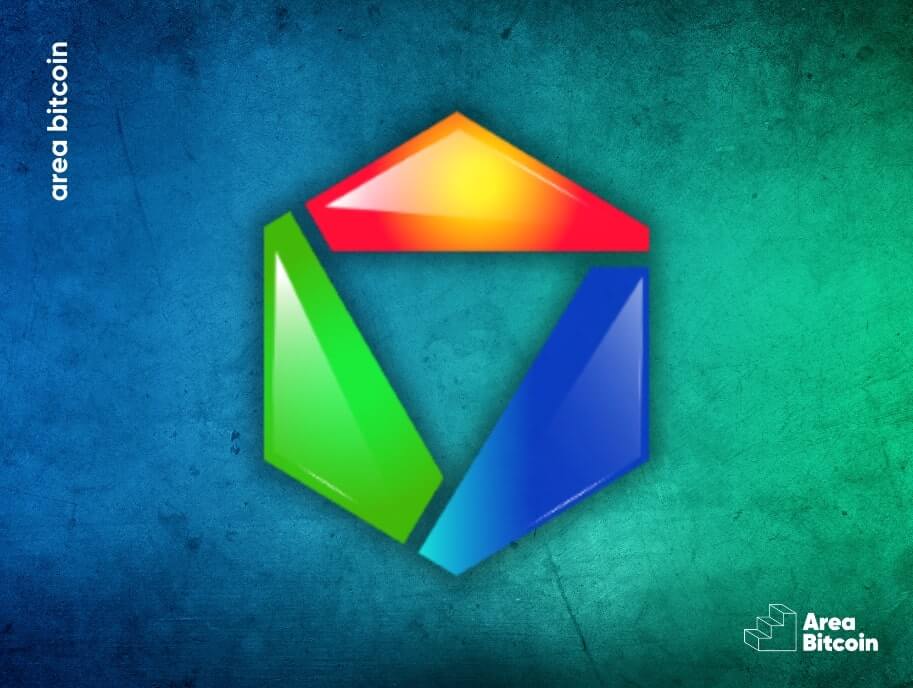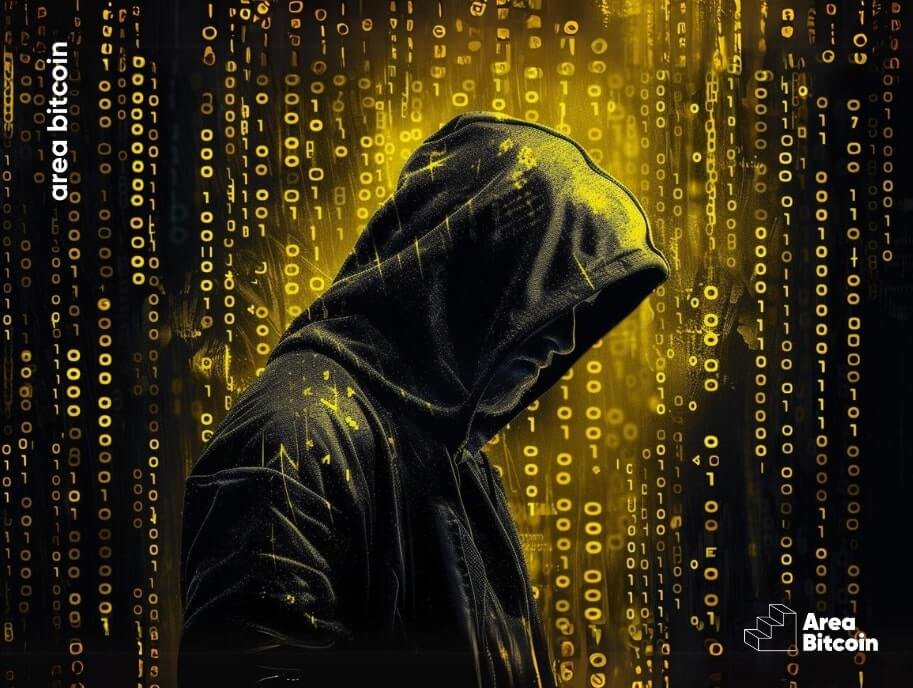Let’s dive into a bit of fintech history. For decades, the cypherpunk community, known for their freedom-focused, forward-thinking legacy, has been on a mission.
Their goal? To develop and scale a payment solution that could rival fiat currency in all its forms – paper, plastic, and digital.
From Bitcoin to shitcoins to stablecoins, it’s been a fascinating journey, and it all began with eCash. The mission of the cypherpunks isn’t just about technology; it’s about reshaping our understanding of how money works and what we can do with it.
Table of Contents
Chaumian eCash: A Brief History and How It Works
Chaumian eCash, also known as DigiCash, was initially introduced in the 1980s by David Chaum, a visionary in digital currency.
Despite early interest from major companies like Microsoft and Visa, its adoption was hindered by mismanagement, leading to its dormancy as other payment technologies gained prominence.
However, the principles of Chaumian eCash laid the groundwork for future digital currencies. It was a pioneering system that allowed for secure, anonymous transactions, a concept that resonated deeply with the ethos of the cypherpunk community.
In the early 2000s, various forms of digital money began to emerge, each attempting to address the limitations of traditional banking and fiat currencies. The introduction of Bitcoin in 2009 marked a significant milestone, offering a decentralized, timechain-based solution, with conceptual roots in the Chaumian eCash system.
The concept of Chaumian eCash
The concept of Chaumian eCash involves holding digital data that represents money, which can be stored on a device and transferred to others over the internet. The recipient then “claims” the money by digitally sending a copy to the mint, where the record of it is destroyed and replaced with a new unit attached to their public key. This process ensures the privacy of transactions and the anonymity of the parties involved, making it akin to using physical cash in the digital realm.
The key issue that Bitcoin solved is the centralizing property of the eCash mint. Before using eCash, you would need to trust whoever controls the mint.
With Bitcoin, you only need to pay some transaction fees to get into a block and wait for that block to confirm on the timechain. The tradeoff, however, is a proof-of-work delay, and a fully transparent ledger where everyone can see your transactions.
Bitcoin has proven to be the most sovereign and secure way to transact and store your money, at the cost of some speed and privacy.
Fedimint: Bridging the Gap Between Bitcoin and eCash
Fedimint is a modern take on the concept of eCash, offering a bridge solution for users who seek convenience and low transaction costs without fully compromising on privacy and security.
Fedimint operates eCash on a federated mint model. This means instead of just one mint, there can be many, where each mint has its own independent owner that holds a multi-signature key. Having independent mint owners all using the same multi-signature scheme ensures that no single entity has control over the funds.
Integrating a Bitcoin multi-signature scheme with an eCash mint creates benefits in four areas:
Privacy
Traditionally, banks know your account balance and use your account statement for verification purposes and creditworthiness.
eCash organically changes the privacy and trust relationship within the community using the Fedimint, since every transaction is blinded, preventing anyone (even the mint owner) from seeing the transaction details.
Accessibility
Unless you are using physical fiat, at least one person (usually both) needs to be connected to a payment network in order to execute a fiat transaction, whether it be Visa, ACH, or SWIFT.
The ability for both people to be able to be offline and transfer eCash, with the intention of being online at a later time to ‘redeem’ the eCash, opens up the possibility of payments without the need to be connected to the internet or any network.
Being able to exchange value without being online can be a game changer in many parts of the world that lack basic internet access. In addition, many have been excluded from the traditional financial system because of the requirement to have some form of ID or approval in order to avoid fraud.
eCash transactions don’t require credentials or approval, opening the door for the billions without credentials to have the ability to transact globally.
Security
The multi-signature scheme used to secure the underlying Bitcoin enhances security in the system vs a single-owner mint, since it takes a quorum of keys (for example 3 of 5 mint owners need to sign with their keys) to move any Bitcoin into or out of the eCash system.
Custody
Regulatory landscapes are changing rapidly from nation-state to nation-state, not just for digital currencies, but for digital custodians too.
Each mint owner only holding one key creates a more favorable approach since no one mint can claim to have custody of the funds, a collaborative custody model.
Individually none of the federated mint owners should be classified as a custodian. In the eyes of regulators, this entire system should essentially operate in a collaborative-custodial framework.
Moreover, Fedimint’s interoperability with the Lightning Network enables efficient connectivity between federations. So, for example, a federation of Caribbean islands could seamlessly transact with a federation of Fortnite Fans (I’m gonna call them fBucks), as long as each federation has users with lightning nodes willing to provide liquidity.
Trade-Offs of eCash
eCash presents several advantages, however, there are trade-offs to consider.
- Auditability: The inability to audit the total volume of eCash in the system raises transparency concerns.
- Conspiracy: In general, there is a level of trust involved in the federated model, as a quorum of keyholders could potentially conspire to misuse or inflate the funds.
- Federation Stability: At the end of the day, we are talking about human beings behind the wheel of each mint, they could decide to stop operating the mint, which means there needs to be a way to dynamically swap out trusted mint owners in order to maintain a stable federation.
These are challenging problems, mostly themed around the higher trust model needed compared to transacting directly on the Bitcoin network.
We are talking about completely reimagining our holistic view of how money circulates and how it is controlled. We are just at the beginning of this journey, with many more hurdles to clear and cool problems to solve.
Similar Technologies
In addition to Fedimint, other notable technologies are being developed with the same mission: to create alternative scaling solutions to traditional finance.
Cashu

Cashu is a free and open-source project that provides a very similar solution to Fedimint, with the exception that, similar to David Chaum’s original implementation, Cashu relies on a single mint to run each Cashu system.
It has many features similar to Fedimint; Privacy is maintained for all payments, all payments are bearer instruments, mints can interact with each other through the lightning network, and offline payments are possible.
There are already multiple implementations of Cashu mints and wallets in the wild.
The Liquid Network
Liquid is a project developed and maintained by Blockstream, “designed to meet the rigorous standards of modern global financial markets”.
Liquid uses a federated model for mints and has a distributed governance model of more than 60 members around the world.
Any company can apply to become a mint owner but requires approval from the existing federation members.
Liquid also relies on a timechain to achieve consensus across all transactions. This timechain is considered to be a “sidechain” to the Bitcoin timechain.
Liquid encrypts the amount and type of asset being transacted, providing privacy within a regulatory-compliant framework.
Galoy
Galoy started as an open-source project in El Salvador, with the goal of providing a small beach community with an easy-to-use wallet for everyday spending in a circular economy.
The wallet was originally called the Bitcoin Beach Wallet and was built as an open-source collaborative custody model, allowing any community leader or business to operate as the community Bitcoin bank for anyone who wanted to use their wallet.
Galoy has since expanded into developing secure open-source code for launching enterprise-scale Lightning and Bitcoin applications and has been used by several projects including Bitcoin Jungle in Costa Rica and Flash in the Caribbean.
Each of these projects is trying to address the challenges of scalability, privacy, and security in its own way, experimenting with alternative solutions for community-based custody and private transactions.
Conclusion
This second round of eCash interest emerged to try and solve the problem of peer-to-peer digital cash exchange, this time with some decentralized and federated twists. It just might be the key to revolutionizing everyday financial transactions.
I am excited to see if any of these projects (or perhaps one I haven’t mentioned here) can find the right balance of cost, privacy, security, and interoperability to give us a much-needed scaling solution for the hardest freedom money on Earth.
For more technical information about Fedimint and Chaumian eCash, you can visit Fedimint’s official website or explore their GitHub repository.
Note: the content of this article is based on an internal research paper I wrote about Fedimint and Chaumian eCash, and is intended for informational purposes only. It does not constitute financial or investment advice.

Article written by Dread.
Share on your social networks:
Area Bitcoin is an educational Bitcoin school that aims to accelerate the financial and intellectual sovereignty of all individuals.
Did you like this article? Consider buying us a cup of coffee so that we can keep writing new content! ☕







